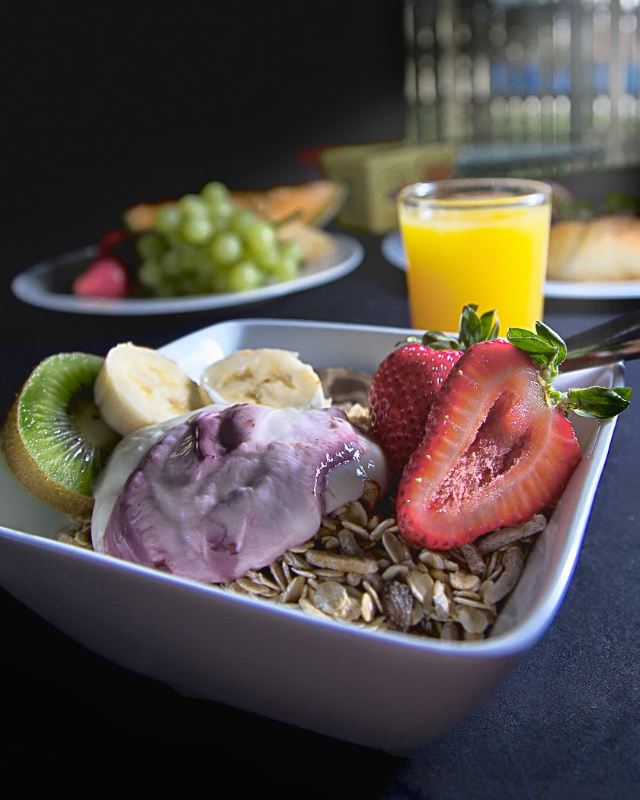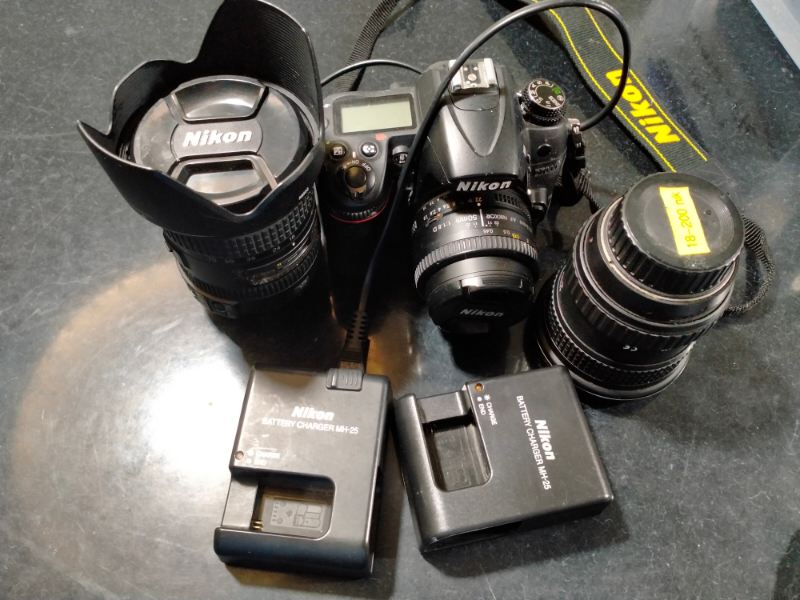
Beyond Real Life, the Enchanting World of Still Lifes
Still life photography transcends mere depiction of objects, transforming them into captivating narratives and visual poems. This expanded guide invites you, seasoned photographer or curious beginner, to delve deeper into the art of still life, equipping you with the tools, techniques, and inspiration to create your own captivating compositions.
From Humble Objects to Captivating Compositions:
Still life photography embraces a diverse range of subjects, offering endless possibilities for creative expression:
- Classic Arrangements: Fruits, flowers, and household items compose timeless and elegant still lifes. Imagine a table bathed in warm sunlight, showcasing a bowl of vibrant fruits alongside a crumpled linen napkin, each element arranged with intention to create a sense of peaceful abundance.
- Abstract Delights: Play with light, shapes, and textures to create visually intriguing compositions. Think of a close-up shot of coffee beans scattered on a weathered wooden table, their irregular shapes and contrasting shades forming an abstract dance of light and shadow.
- Modern Minimalism: Opt for clean lines, negative space, and subtle details for a contemporary flair. Picture a single, perfectly ripe fig resting on a stark white background, its smooth skin and vibrant color drawing the viewer’s eye into its simple elegance.
- Food Photography: Capture the mouthwatering allure of dishes, showcasing textures, colors, and composition. Imagine a steaming bowl of pasta, its al dente texture glistening with olive oil, topped with fresh herbs and a sprinkle of parmesan cheese, arranged to evoke a sense of both artistic beauty and culinary delight.
- Conceptual Exploration: Use objects to symbolize deeper meanings and evoke emotions. Think of a worn-out pair of shoes juxtaposed with a wilting flower, representing the passage of time and the fleeting nature of beauty.

Tools and Techniques: Mastering the Art of Arrangement
While technical skill is important, creativity reigns supreme in still life photography. Here are some key tools and techniques to help you achieve your artistic vision:
The Still Life Toolkit:
- Choose equipment based on your vision. Macro lenses capture intricate details of a single object, while wider lenses showcase broader arrangements. Consider experimenting with different focal lengths and apertures to create varying effects.
Lighting as Your Muse:
- Master light painting, natural light control, and artificial lighting to set the mood and emphasize key elements. Explore using diffusion panels for soft, even light or reflectors to bounce light and create dramatic shadows.
Compositional Dance:
- Utilize the rule of thirds, leading lines, and negative space to create visually balanced and engaging compositions. Imagine placing your subject slightly off-center, using lines like the edge of a table to lead the viewer’s eye, and incorporating negative space to add a sense of airiness and focus attention on your subject.
Props and Textures:
- Introduce textures, backgrounds, and props to add depth, context, and storytelling elements. Think of using a rustic wooden table as a backdrop, incorporating textured fabrics like linen or velvet, or adding a vintage book to create a sense of history and intrigue.
Styling with Intent:
- Arrange objects thoughtfully, considering color palettes, balance, and the message you want to convey. Imagine using a complementary color scheme to create harmony, balancing larger and smaller objects for visual interest, and positioning elements to tell a story or evoke a specific emotion.

Finding Inspiration: Everyday Objects, Extraordinary Beauty:
Inspiration for still life photography is everywhere, waiting to be discovered:
- Markets and Thrift Stores: Unearth unique objects and textures that spark your creativity. Imagine browsing a bustling market, finding a weathered teapot with chipped paint and a basket overflowing with colorful vegetables, each item waiting to be transformed into a captivating composition.
- Seasonal Delights: Capture the fleeting beauty of flowers, fruits, and vegetables in their prime. Think of a close-up shot of a dew-kissed rose, its petals glistening in the morning light, or a basket overflowing with vibrant autumn leaves, showcasing the ephemeral beauty of nature.
- Personal Collections: Showcase cherished objects that tell stories about your interests and passions. Imagine photographing your grandmother’s teacups, their delicate patterns and worn edges whispering tales of family gatherings and shared memories.
- Architectural Details: Focus on textures, patterns, and light interplay in buildings and interiors. Imagine capturing the intricate carvings on a weathered door, the geometric patterns of a tiled floor, or the way sunlight streams through a stained-glass window, each detail adding a unique layer of visual interest to your composition.
- Museums and Galleries: Study classic still life paintings for inspiration and composition techniques. Imagine analyzing the works of Dutch masters like Vermeer, noting their use of light and shadow, their meticulous attention to detail, and their ability to imbue everyday objects with emotional depth.
Product and Still Life Photography
Product and still life photography is a specialized genre of photography that focuses on capturing the essence of inanimate objects. The goal of product photography is to create visually appealing and informative images that showcase the product’s features and benefits. Still life photography, on the other hand, is a broader genre that encompasses a wide range of subjects, from food and flowers to everyday objects.
Product and still life photography is a specialized genre of photography that focuses on capturing the essence of inanimate objects. Product photography is used to create visually appealing and informative images that showcase a product’s features and benefits, while still life photography encompasses a broader range of subjects, from food and flowers to everyday objects.
Define product and still life photography
Product photography is a type of photography that focuses on capturing images of products. The goal of product photography is to create visually appealing and informative images that showcase the product’s features and benefits. Still life photography is a broader genre of photography that encompasses a wide range of subjects, from food and flowers to everyday objects. Still life photography is often used to create artistic or decorative images.
Discuss the different types of product and still life photography
There are many different types of product and still life photography, each with its own unique set of challenges and rewards. Some of the most common types of product photography include:
- E-commerce photography: This type of photography is used to create images of products that will be sold online. The goal of e-commerce photography is to create images that are both visually appealing and informative, and that accurately represent the product.
- Catalog photography: This type of photography is used to create images of products that will be featured in a catalog. The goal of catalog photography is to create images that are both visually appealing and informative, and that accurately represent the product.
- Advertising photography: This type of photography is used to create images of products that will be used in advertising campaigns. The goal of advertising photography is to create images that are both visually appealing and persuasive, and that effectively communicate the product’s benefits.
Some of the most common types of still life photography include:
- Food photography: This type of photography focuses on capturing images of food. The goal of food photography is to create images that are both visually appealing and informative, and that accurately represent the food.
- Flower photography: This type of photography focuses on capturing images of flowers. The goal of flower photography is to create images that are both visually appealing and informative, and that accurately represent the flowers.
- Object photography: This type of photography focuses on capturing images of everyday objects. The goal of object photography is to create images that are both visually appealing and informative, and that accurately represent the objects.
The importance of product and still life photography for businesses and individuals
Product and still life photography is essential for businesses that want to sell products online or in catalogs. High-quality images can help businesses to attract customers, increase sales, and build brand awareness. Product and still life photography can also be used to create marketing materials, such as brochures, flyers, and social media posts.
Still life photography can also be used to create beautiful and unique works of art. Still life photographers often use their skills to capture the beauty of everyday objects, and to create images that are both visually appealing and thought-provoking.

Equipment
Camera and lens recommendations:
For product and still-life photography, a high-quality camera with a sharp lens is essential. DSLRs (Digital Single Lens Reflex) or mirrorless cameras are ideal, as they offer interchangeable lenses and manual controls that allow you to fine-tune your images. For product photography, lenses in the 50mm to 105mm range are commonly used, as they provide a good balance of sharpness and perspective. For still-life photography, a wider range of lenses can be used, depending on the subject matter and desired effect.
Lighting equipment:
Lighting is crucial in product and still-life photography. Natural light is often the best option, but if it’s not available or consistent, artificial lighting is necessary. Studio strobes or continuous lights can provide even and controlled illumination. Reflectors and diffusers can be used to soften or redirect light, creating shadows and highlights that enhance the subject’s texture and depth.
Backgrounds and props:
The background and props play a significant role in setting the mood and context of your images. Neutral-colored backgrounds are versatile and allow the subject to stand out, while textured or patterned backgrounds can add visual interest. Props can be used to support the product or create a specific atmosphere, but they should complement the subject and not overpower it.
Other essential gear:

Depending on the size and complexity of your setup, a tripod can provide stability and prevent camera shake. A polarizing filter can reduce reflections and enhance colors, especially when shooting outdoors. A remote shutter release allows you to trigger the camera without touching it, minimizing vibrations. Software for post-processing is also essential for adjusting exposure, color balance, and enhancing details in your images.
Conclusion
Product and still-life photography require meticulous attention to detail and technical precision. By selecting the right equipment, lighting, backgrounds, and props, aspiring photographers can create compelling images that showcase their subjects in the best possible light.
Tips for Aspiring Product and Still Life Photographers
- Equipment: Invest in a high-quality camera with a sharp lens in the 50mm to 105mm range. Use studio strobes or continuous lights for controlled illumination, and consider using reflectors and diffusers to enhance lighting effects.
- Backgrounds and Props: Choose backgrounds that complement the subject and props that support the product or create a desired atmosphere.
- Lighting: Utilize natural light or artificial lighting to create even and controlled illumination. Adjust the lighting to enhance the subject’s texture and depth.
- Post-Processing: Use software to adjust exposure, color balance, and enhance details. Consider using a polarizing filter to reduce reflections and enhance colors.
- Technique: Use a tripod for stability and a remote shutter release to minimize vibrations. Pay attention to composition, framing, and focus to create visually appealing images.
FAQs
- What is the difference between product photography and still life photography?
- Product photography focuses on capturing the essence of a product for marketing or advertising purposes, while still life photography encompasses a broader range of subjects and is often used for artistic or decorative purposes.
- What are the most important factors to consider when shooting product photography?
- Lighting, composition, and post-processing are all essential factors to consider when shooting product photography.
- What are some tips for creating successful still life photographs?
- Use natural light whenever possible, pay attention to composition, and don’t be afraid to experiment with different props and backgrounds.
- What are the best cameras and lenses for product and still life photography?
- A high-quality DSLR or mirrorless camera with a macro lens is ideal for product and still life photography.
